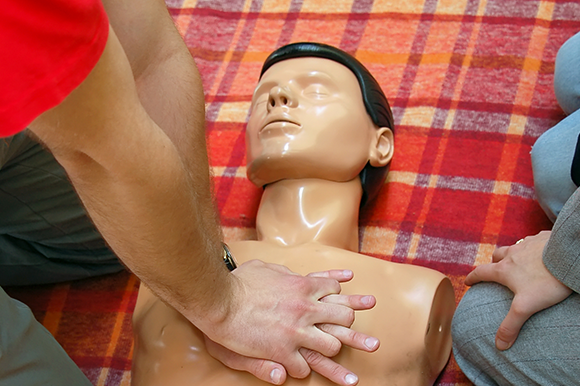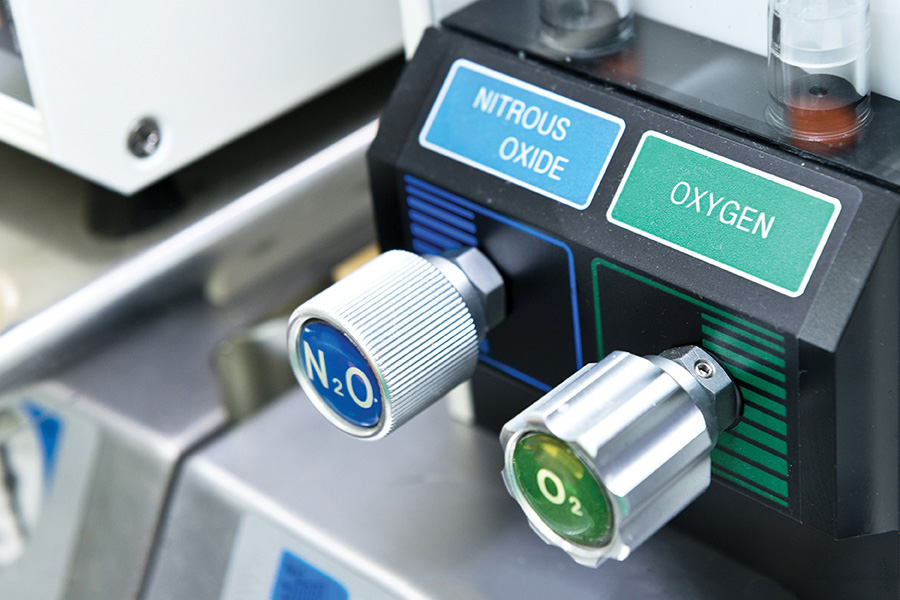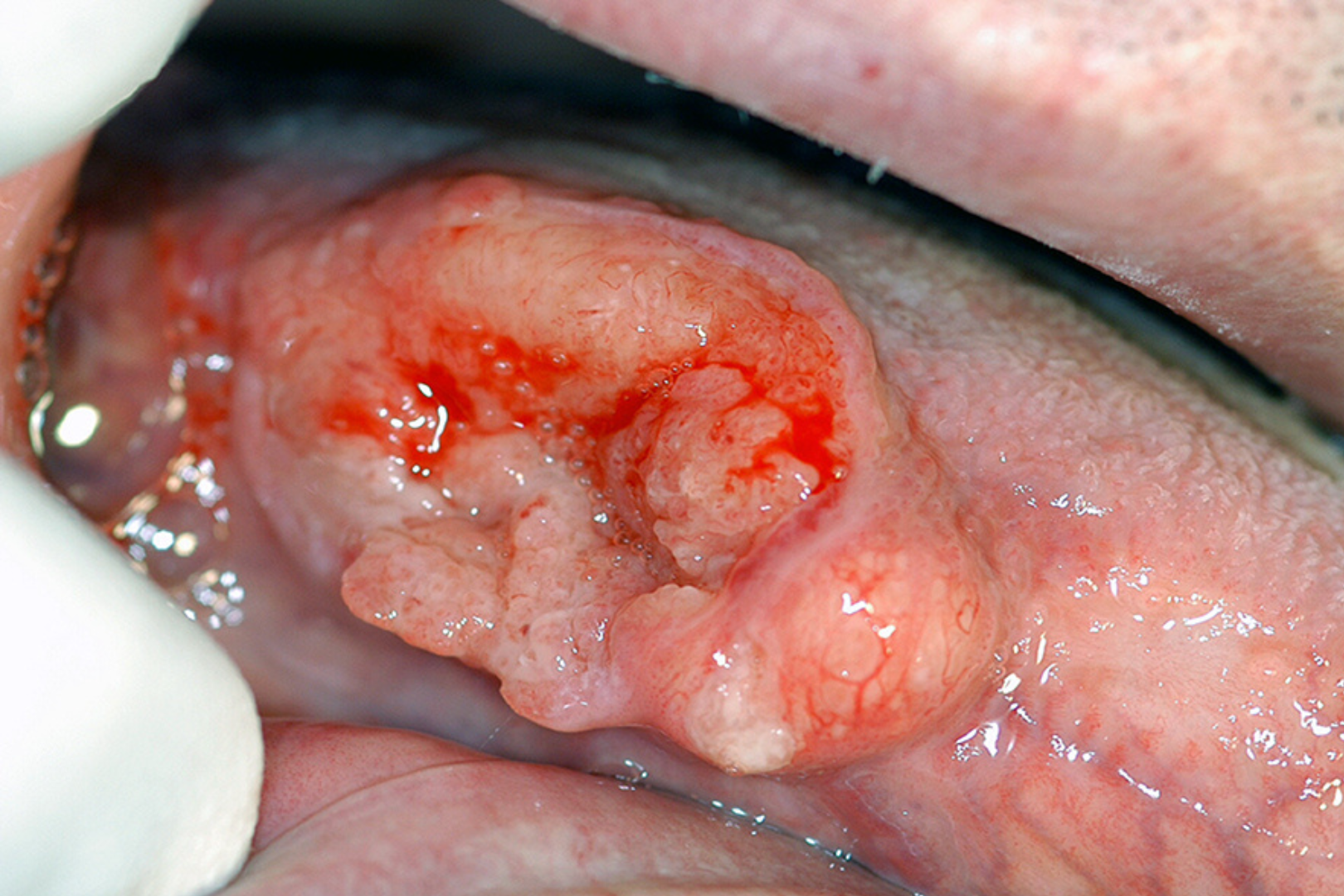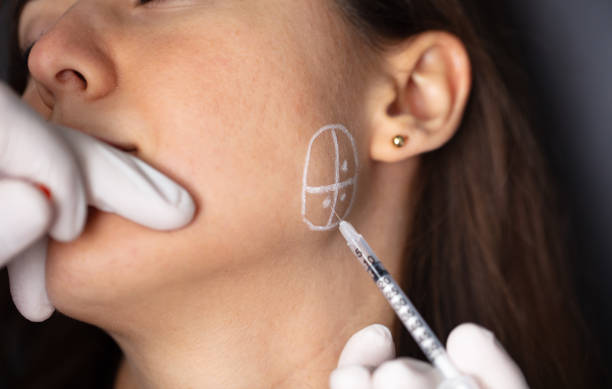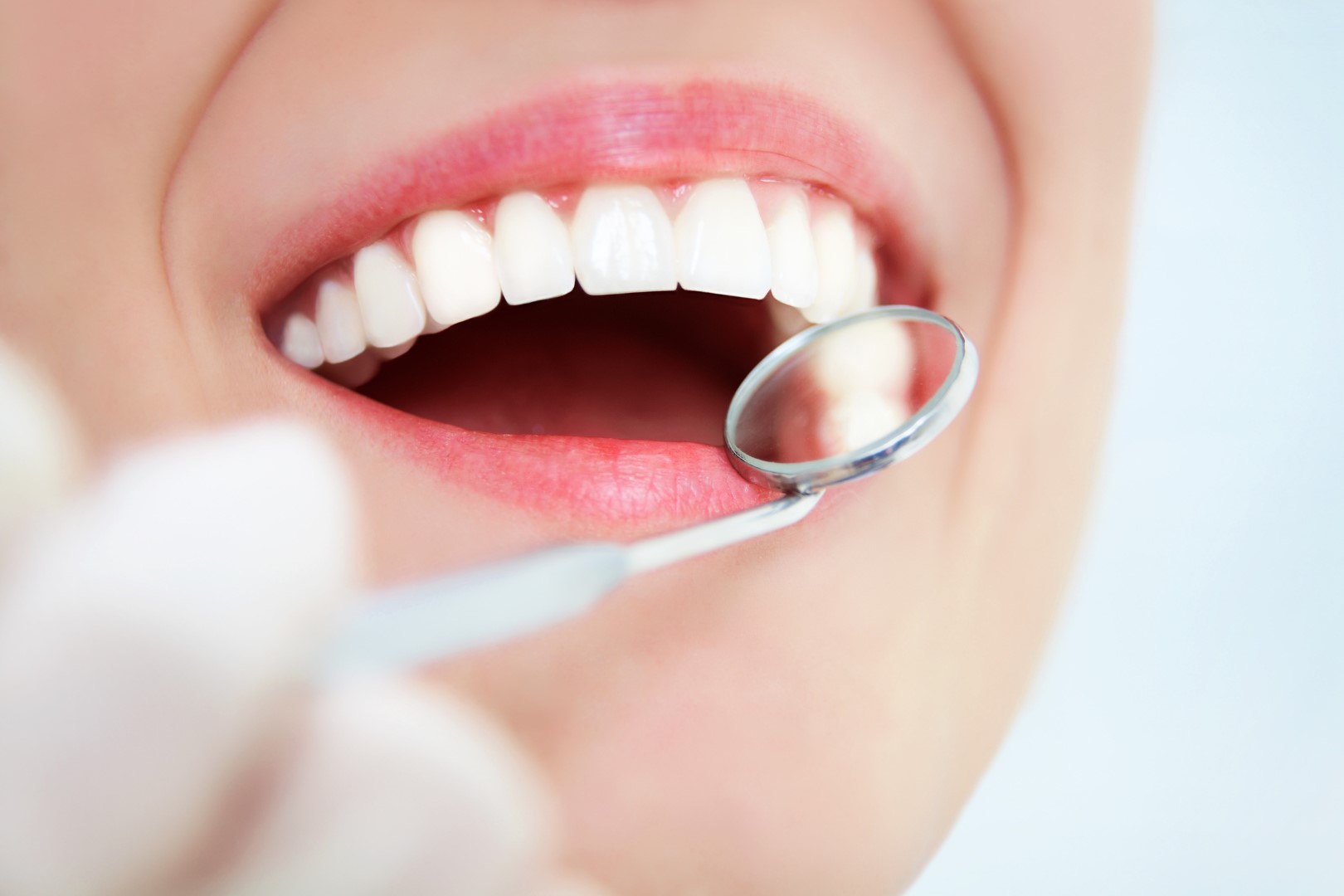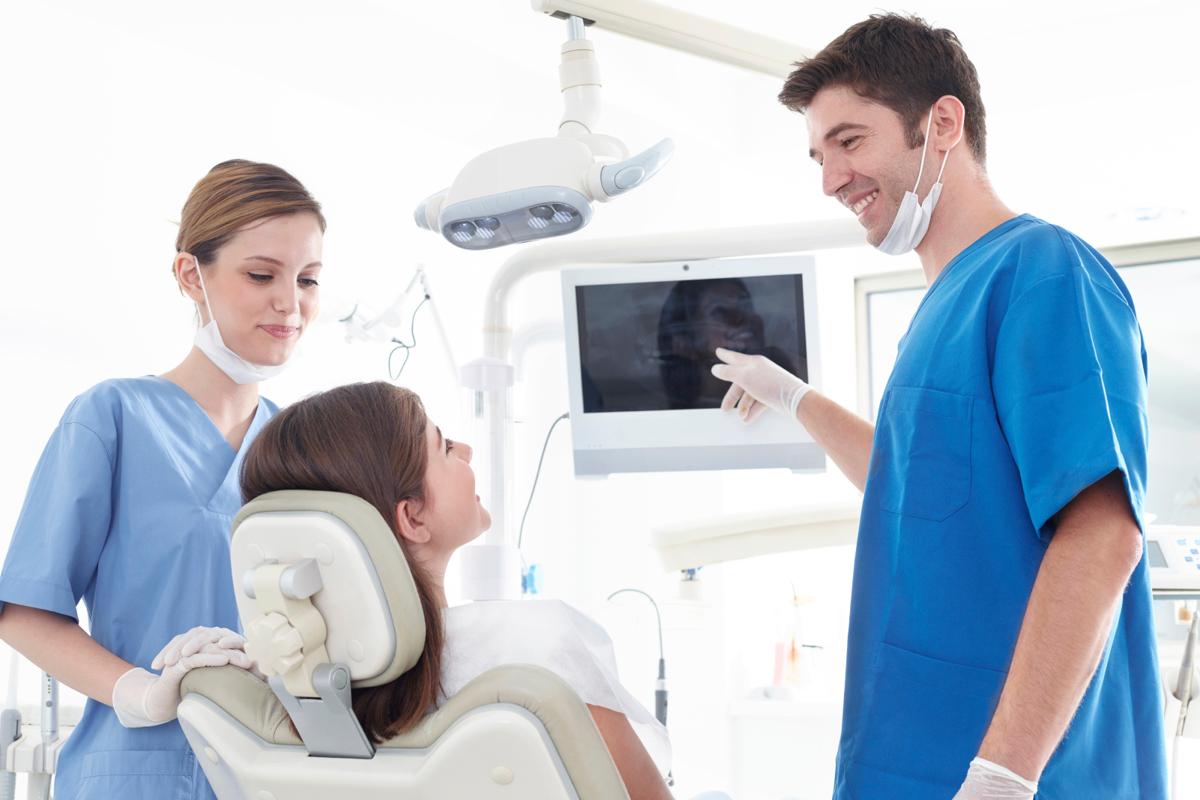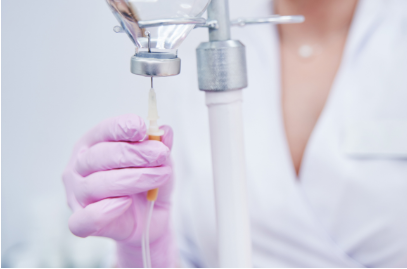A Foundation for Confident Diagnosis and Safe Treatment Planning
Sound clinical examination is the cornerstone of accurate diagnosis and effective treatment planning—essential to delivering safe, high-quality care to your patients. At the heart of this process lies the ability to take a thorough history: understanding the patient’s presenting concern, and carefully assessing their medical background.
Yet, many clinicians—whether recently graduated or seasoned practitioners—have not had formal training in the structured techniques of medical history-taking and comprehensive clinical examination. For newer graduates, this can result in uncertainty. For experienced dentists, the evolving complexity of an aging population with chronic disease and increasingly diverse pharmacological profiles can present new challenges.
Without confidence and clarity in diagnosis, treatment planning can falter—leading to suboptimal outcomes and the risk of patient dissatisfaction or even harm.
This CPD program, Mastering Clinical Examination, is designed to equip clinicians with the essential skills and structured approaches to:
- Confidently and systematically take a detailed patient history, including presenting concerns and medical background
- Perform a comprehensive and methodical clinical examination
- Formulate accurate diagnoses and sound treatment plans
- Deliver safe, appropriate, and satisfying care for every patient
Led by two highly experienced specialist clinicians and educators, this interactive course will provide practical insights, clinical pearls, and real-world techniques to elevate your diagnostic confidence and clinical effectiveness. Whether you’re early in your career or navigating the complexities of modern dental practice, this program will strengthen your foundation for safe, patient-centred care.
Learning Objectives:
By the end of this program, participants will be able to:
- Apply a structured approach to taking comprehensive patient histories, including medical, dental, and presenting concerns.
- Conduct systematic and thorough extraoral and intraoral examinations.
- Recognise clinical red flags and risk factors relevant to diagnosis and treatment planning.
- Formulate accurate, patient-specific diagnoses.
- Develop robust treatment plans based on sound clinical reasoning.
- Improve communication and consent processes by aligning diagnosis and treatment plans with patient expectations and medical realities.

